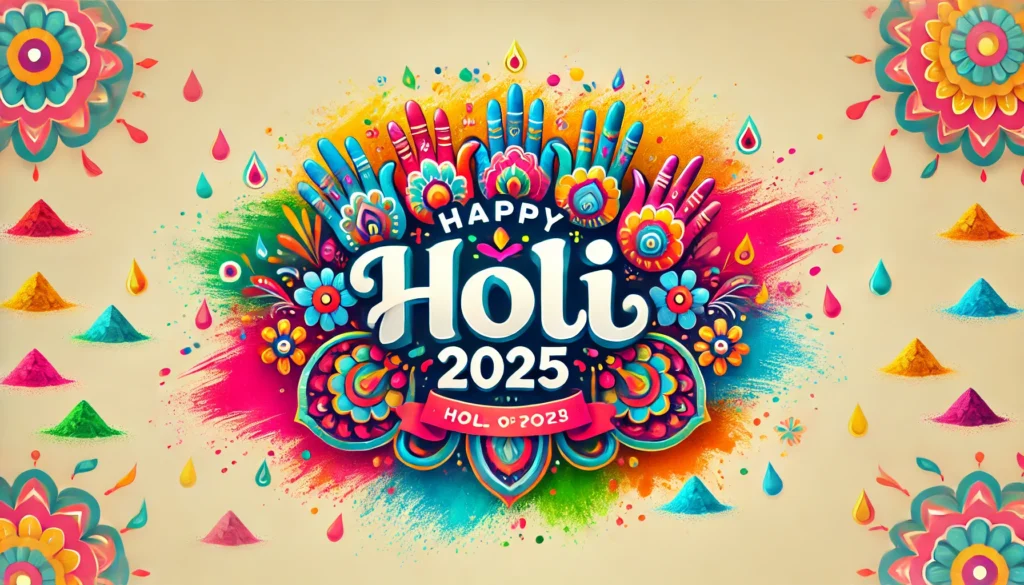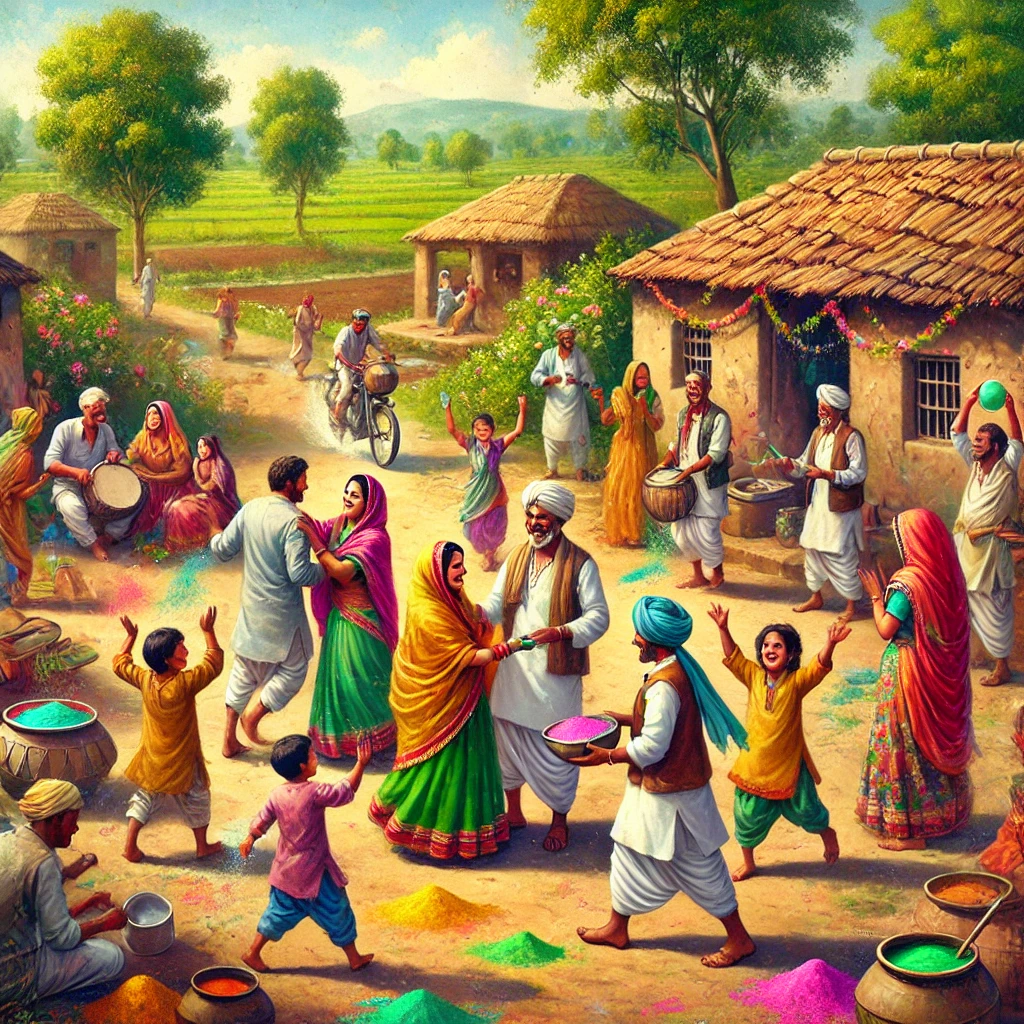Holi, the festival of colors, is one of the most vibrant and joyous celebrations in India. Observed on the full moon day of the Hindu month of Phalguna (February–March), Holi marks the arrival of spring and the triumph of good over evil. It is a time of unity, love, and festive spirit, bringing people together regardless of age, caste, or religion. The festival is celebrated with great enthusiasm across the country, with each region adding its unique traditions and customs.

The Mythological Significance of Holi
The roots of Holi can be traced back to Hindu mythology, primarily the legend of Prahlada and Holika. According to the Bhagavata Purana, Prahlada, a devout follower of Lord Vishnu, was the son of the demon king Hiranyakashipu. The king, angered by his son’s devotion to Vishnu, tried to kill him multiple times. He sought the help of his sister, Holika, who had a boon that made her immune to fire. Holika sat in a fire with Prahlada, hoping to burn him alive, but due to divine intervention, she perished while Prahlada remained unharmed. This victory of good over evil is commemorated by lighting bonfires on the eve of Holi, known as Holika Dahan.
Another popular legend associated with Holi is the playful love story of Lord Krishna and Radha. Krishna, known for his mischievous nature, playfully smeared colors on Radha and her friends, giving birth to the tradition of playing with colors during Holi. This legend highlights the essence of love, joy, and togetherness, which form the core of Holi celebrations.
How Holi is Celebrated in India
Holi is a two-day festival. The first day, Holika Dahan, involves lighting a bonfire in the evening, symbolizing the burning of evil forces. The second day, known as Rangwali Holi, is the much-awaited color festival. People gather in open spaces, smearing each other with colors, dancing to music, and relishing festive sweets like gujiya, thandai, and malpua.
Different regions in India celebrate Holi in unique ways. In Mathura and Vrindavan, where Lord Krishna spent his childhood, Holi celebrations last for several days, with grand processions, special rituals, and unique traditions like Lathmar Holi, where women playfully hit men with sticks. In Barsana, the birthplace of Radha, this tradition is even more pronounced. In Punjab, Sikhs celebrate Hola Mohalla, demonstrating martial arts and horse-riding skills. In West Bengal, Dol Jatra is observed, where people worship idols of Lord Krishna and Radha, followed by singing and dancing.
Why Holi is Celebrated in India
Holi is celebrated in India for several reasons, primarily rooted in mythology, culture, and seasonal change. It symbolizes:
The Victory of Good Over Evil – The legend of Prahlada and Holika represents the triumph of devotion and righteousness over tyranny.
The Arrival of Spring – Holi marks the transition from winter to spring, celebrating nature’s renewal and the harvest season.
Love and Unity – Inspired by Lord Krishna’s playful interactions with Radha, Holi promotes joy, love, and breaking social barriers.
Community Bonding – The festival encourages forgiveness, strengthens relationships, and brings people together in a spirit of fun and festivity.
Upcoming Holi date
Holi 2025 date : Holi 2025 was celebrated in India on Friday, March 14, 2025.
Holi 2026 date : Holi 2026 date in India is Wednesday, 4 March, 2026.
Holi 2027 date : Holi 2027 date in India is Monday, March 22, 2027.

